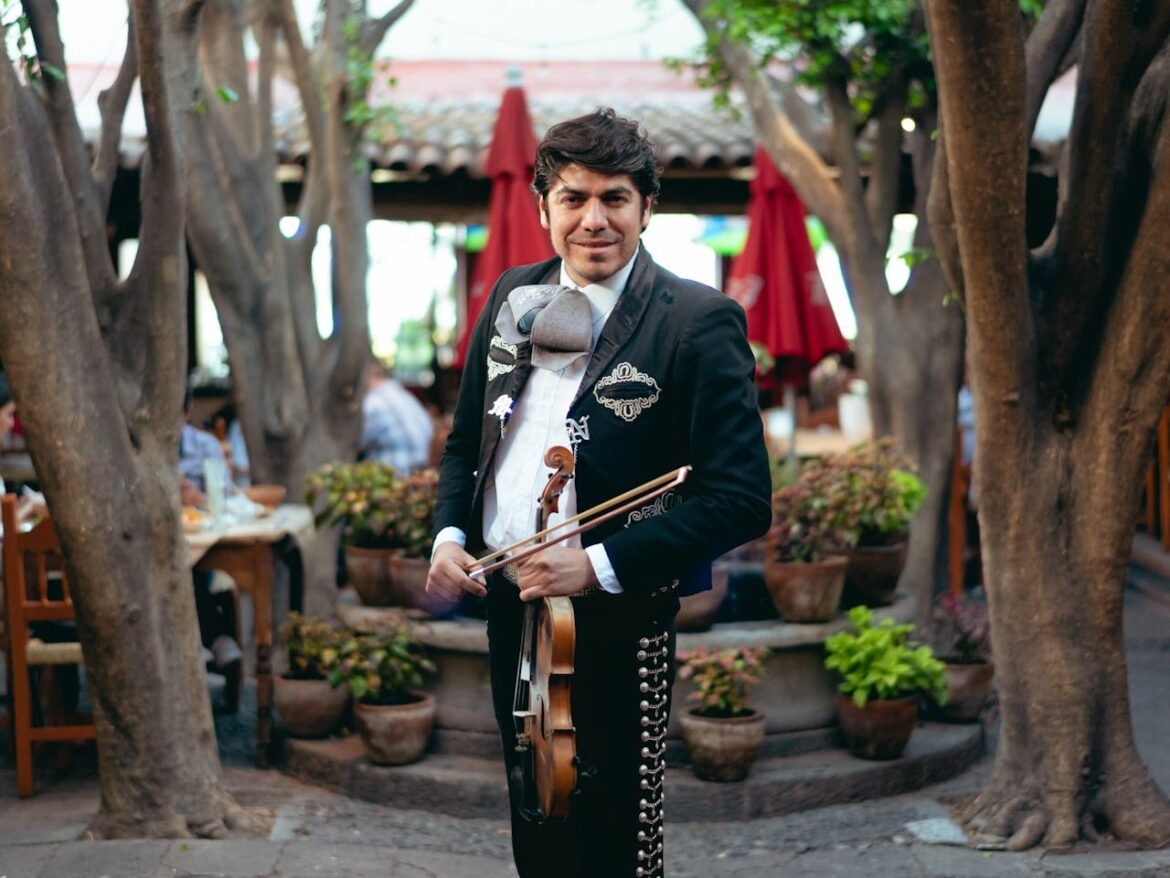Folk and traditional music are more than just sounds—they’re the heartbeat of cultures, reflecting history, heritage, and the stories of generations past. From the Appalachian mountains to the plains of Africa, these melodies have withstood the test of time. Let’s take a journey through the rich world of folk and traditional music, rediscovering its enduring power and connection to communities worldwide.
The Roots of Folk Music
Folk music is deeply tied to the lives of everyday people, passed down through generations as a form of storytelling. With simple instruments like guitars, banjos, and fiddles, folk songs often express universal themes like love, hardship, and hope. Whether it’s the ballads of England, the spirituals of the American South, or the protest songs of the ’60s, folk music has always been a voice for the people, often carrying messages of resistance and resilience.
Traditional Music: A Window into History
Traditional music varies widely from one culture to another, but at its core, it serves as a bridge between the past and present. In many cultures, traditional songs are used in ceremonies, festivals, and rituals, reflecting the values, beliefs, and stories that have shaped communities. From the haunting melodies of Irish folk tunes to the rhythmic drumming of African tribal music, these songs carry the weight of centuries, offering a unique perspective on cultural history.
The Influence of Folk on Modern Music
Folk music has had a lasting impact on modern genres like rock, pop, and even country. Iconic artists like Bob Dylan, Joan Baez, and Neil Young brought folk to the mainstream, incorporating its storytelling essence into their music. Today, many contemporary artists continue to draw inspiration from traditional sounds, blending folk melodies with modern production techniques to create fresh takes on classic themes. The timeless nature of folk makes it a genre that’s constantly evolving while staying rooted in its origins.
Global Folk Traditions: A World of Sound
Folk music isn’t confined to any one part of the world. Every culture has its own unique version, with different instruments, rhythms, and melodies that reflect the diversity of human experience. In Latin America, the sounds of mariachi, tango, and cumbia bring stories of passion and revolution to life. In Asia, traditional music like the Indian sitar or the Japanese shamisen offers a window into ancient spiritual practices and philosophies. Folk music, in its many forms, connects us to the collective human experience, showing how music can transcend borders.
Rediscovering Folk Music Today
In a world dominated by digital sounds and mass-produced music, folk and traditional genres offer an authentic, raw alternative. There’s been a resurgence of interest in these genres, as people seek deeper, more meaningful connections to the music they consume. Folk festivals, live performances, and recordings are helping to preserve and celebrate these time-honored traditions. Modern listeners are rediscovering the power of simple, heartfelt melodies, recognizing that folk music offers not just nostalgia, but also a reminder of the values that unite us all.
Final Words
Folk and traditional music are not just a part of the past—they are living, breathing expressions of culture and identity that continue to resonate today. As we rediscover these timeless melodies, we reconnect with the roots of humanity and the stories that shape who we are. Whether through the strumming of a guitar or the beat of a drum, these songs remind us that music, at its core, is a universal language that speaks to the heart.
